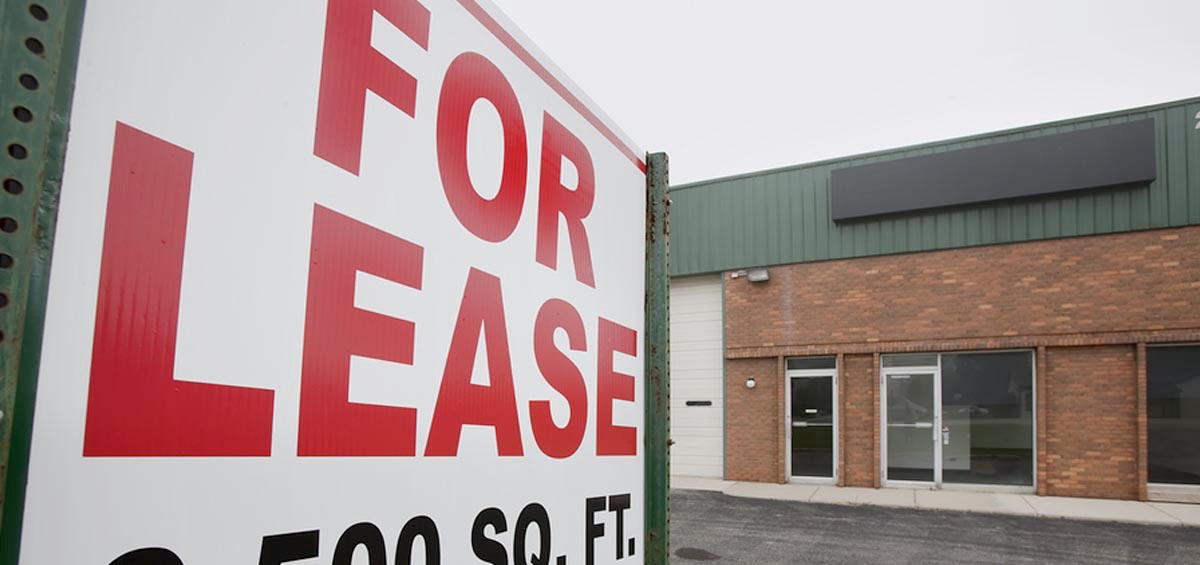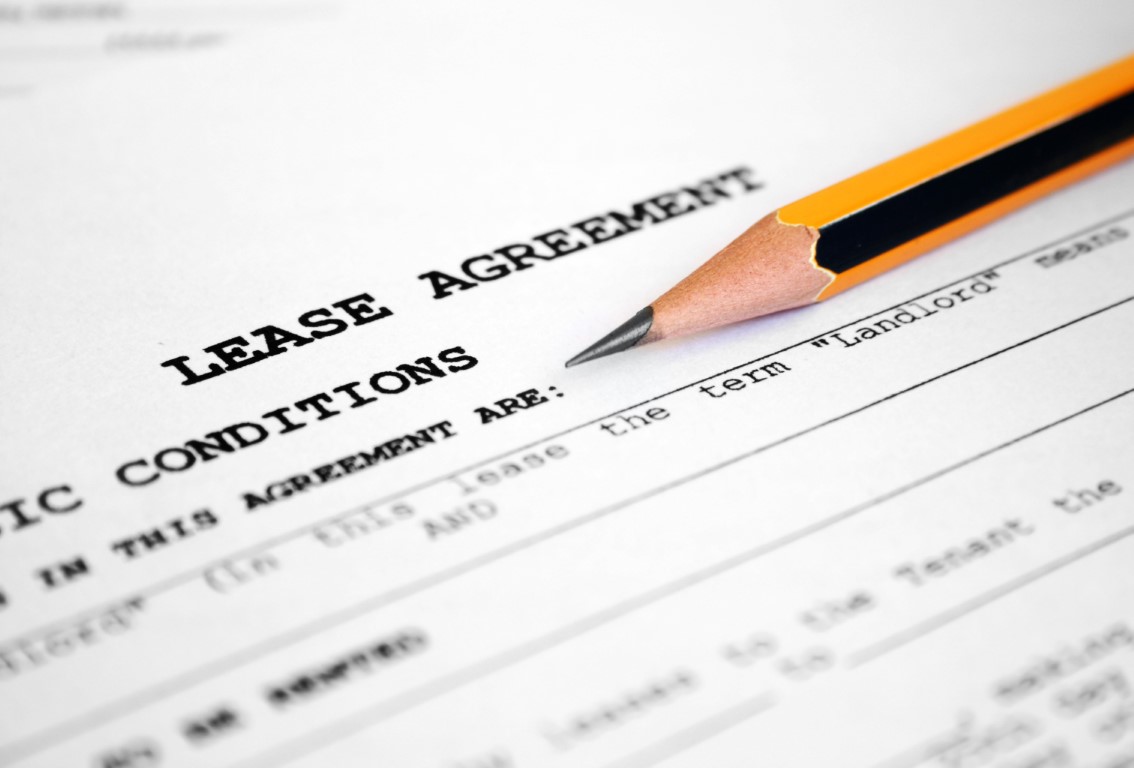January 15th 2021
 I was asked the other day about terminating a commercial tenancy. At the end of a commercial lease, if the Landlord wished to terminate the tenancy because he wishes to use the space himself or because he had another tenant he wished to put into the space, could he? The answer is yes.
I was asked the other day about terminating a commercial tenancy. At the end of a commercial lease, if the Landlord wished to terminate the tenancy because he wishes to use the space himself or because he had another tenant he wished to put into the space, could he? The answer is yes.
One of the significant advantages of Commercial real estate ownership is that it is not governed by the rather oppressive Residential Tenancies Act. Instead, it falls under the Commercial Tenancies Act which rather than being consumer protection legislation is designed to be balanced between both parties clarifying what rights and obligations exist outside of the lease itself.
Under the Commercial Tenancies Act, whenever a lease comes to an end and barring provisions in the lease that state otherwise, the tenancy comes to an end. The tenant must vacate on the last day of the lease term unless the parties arrange otherwise.
 Unlike a residential tenancy, the commercial lease does not automatically go into a month-to-month overholding. And in the event the parties allow the lease to become month-to-month, either party can terminate the lease with a minimum of 30 days written notice from the first of the month. That departs significantly from the situation under the Residential Tenancies Act whereby the tenant can terminate the tenancy at any time with a minimum of 60 days written notice, but the landlord cannot.
Unlike a residential tenancy, the commercial lease does not automatically go into a month-to-month overholding. And in the event the parties allow the lease to become month-to-month, either party can terminate the lease with a minimum of 30 days written notice from the first of the month. That departs significantly from the situation under the Residential Tenancies Act whereby the tenant can terminate the tenancy at any time with a minimum of 60 days written notice, but the landlord cannot.
And what about non-payment of rent? As those of you who are involved in residential real estate rentals know, while a residential tenant can be evicted for non-payment of rent, it is a slow process which the tenant can extend by way of challenges and delays. Not so with commercial tenancies. When a commercial tenant fails to pay the rent, the landlord has two options available to him.

Option 1 – The landlord, even after only one day late rent can elect to seize and dispose of the tenant's property. He would be required to notify the tenant of his intent to dispose of the tenant's goods giving the tenant 5 days to rectify the situations. During that time, he would be required to get two appraisals of the value of the goods seized. When the goods have been sold, any surplus after payment obligations of the tenant's debt to the landlord have been met will be given to the tenant.
Option 2 – After 15 days of non-payment of rent, the landlord can change the locks on the premise and bring the tenancy to an end. Now, in most cases the landlord, especially if he has enjoyed a good working relationship with the tenant, will try to resolve the issue before he resorts to these rather extreme measures. But the point is, that he can move forward and take decisive action if necessary.

And when it comes to rent increases, the Commercial Tenancies Act is silent, leaving it up to the landlord to raise the rent as he sees fit and according to the dynamics of the marketplace. The idea is that economic realities will govern commercial situations. It underscores the importance of a good and thorough lease protecting the interests of both parties. And while the landlord does have much more latitude and freedom when dealing with commercial tenants than he does with residential tenancies, he must bear in mind that good tenants are both important and valuable. I have seen tenants leave because the landlord has been cavalier with rent increases and as a result, demised space has sat vacant for months while a landlord tries to secure another viable tenant.
Wayne Quirk, Author, “THE MONEY MACHINE”, wayneq@remax-gc.com